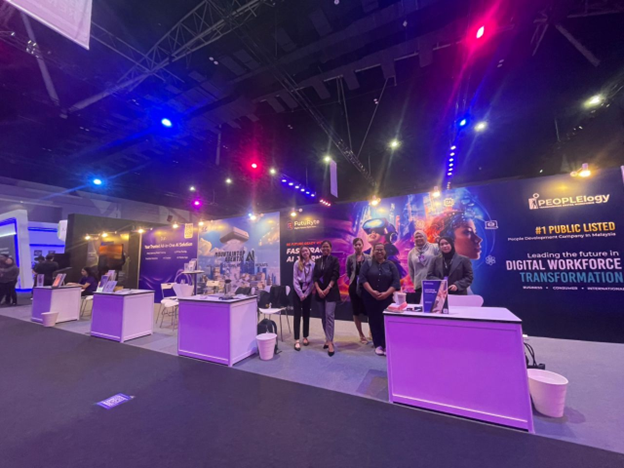
The CompTIA A+ certification is a cornerstone for individuals pursuing a career in IT support. A critical aspect of this certification lies in understanding and mastering the art of network troubleshooting and configuration.
Effective network troubleshooting requires a systematic approach. CompTIA A+ emphasizes a methodical process that involves:
- Identifying the Problem:
- Gathering information from the user, observing symptoms, and documenting the issue clearly.
- Gathering information from the user, observing symptoms, and documenting the issue clearly.
- Researching Potential Causes:
- Utilizing resources like troubleshooting guides, online forums, and technical documentation to identify potential causes of the issue.
- Testing and Verification:
- Implementing potential solutions and testing their effectiveness.
- Utilizing diagnostic tools like ping, traceroute, and network monitoring utilities to isolate the problem.
- Documenting the Resolution:
- Recording the troubleshooting steps and the solution implemented for future reference and to assist other technicians.
- Recording the troubleshooting steps and the solution implemented for future reference and to assist other technicians.
Furthermore, the CompTIA A+ curriculum covers essential network configuration concepts, including:
- IP Addressing: Understanding IP addresses, subnetting, and configuring IP addresses on devices.
- Network Devices: Understanding the function and configuration of basic networking devices such as routers, switches, and hubs.
- Network Protocols: Familiarity with common network protocols such as TCP/IP, DNS, and DHCP.
By mastering these core concepts and developing strong troubleshooting skills, individuals can effectively diagnose and resolve network issues, ensuring smooth and efficient network operations. The CompTIA A+ certification provides a strong foundation in these essential skills, making it an invaluable asset for anyone pursuing a career in IT support.





